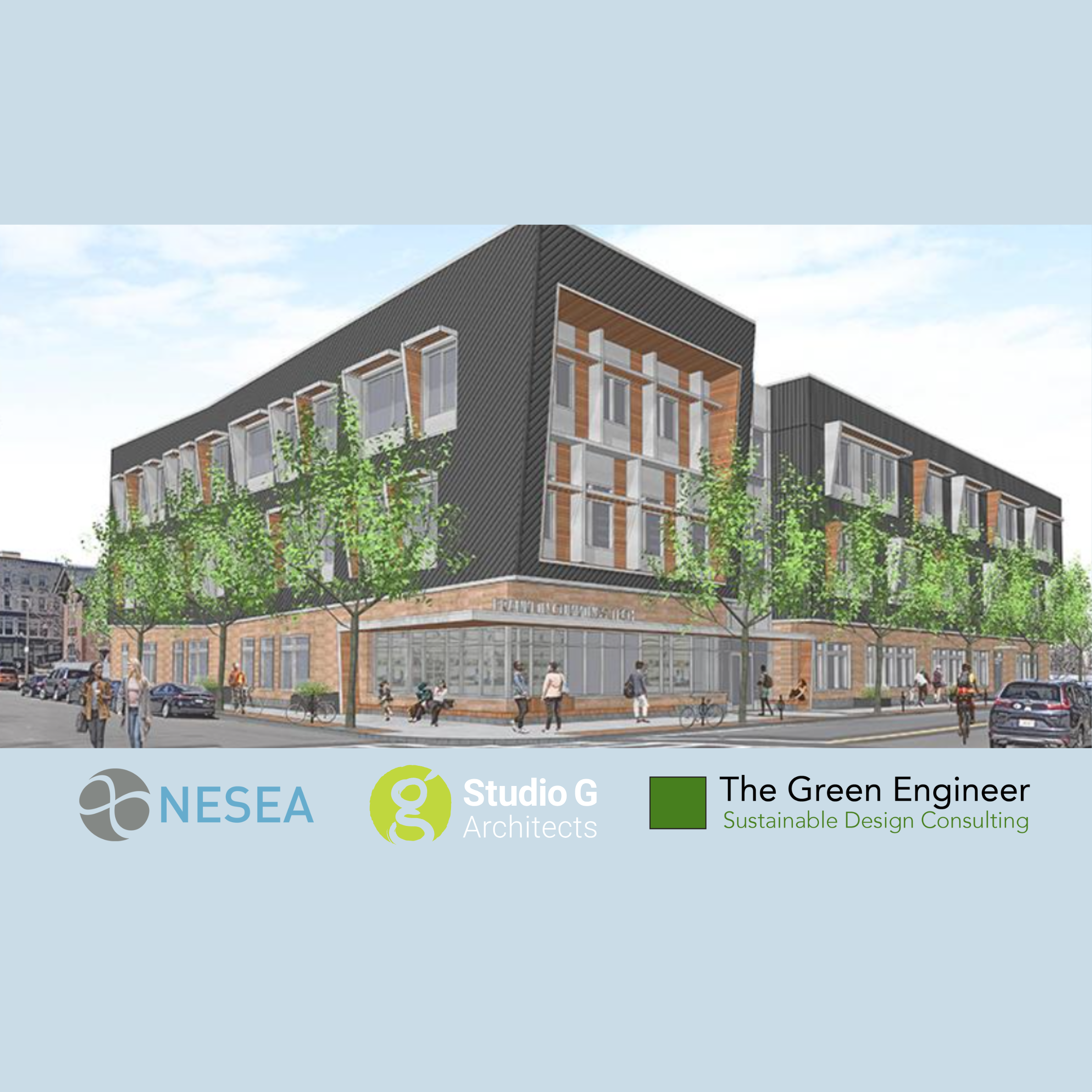
LEED is raising the bar on energy. Projects registered under LEED v4 BD&C or ID&C on or after March 1, 2024, will be required to follow an updated version of the Minimum Energy Performance prerequisite and Optimize Energy Performance credit.
What is Changing?
Minimum Energy Performance Prerequisite:
- Minimum improvement increased to 10% for most projects, 8% for Core and Shell, 5% for
healthcare, 6%/8% for fit outs. - Minimum performance improvement may be documented using a cost metric, a source
energy metric, or a greenhouse gas (GHG) emissions metric. - Contribution of on-site renewable energy is credited towards prerequisite compliance.
Optimize Energy Performance Credit:
- Dual metric structure: GHG emissions performance and energy efficiency performance
improvement (documented using either source energy metric or cost metric). - Point scale adjusted so that a lower number of points are earned for equivalent percentage
savings.
What hasn’t changed?
- Still using ASHRAE 90.1-2010 as the baseline.
- Still can use credit substitutions to v4.1 or use Alternative Compliance Paths (ACPs).
How will this impact projects?
For most projects, the only impact will be a reduction in the number of points earned. For example, a project showing 30% reduction against 90.1-2010 will earn only 3 points under the update, vs. 12 points under the old version. Projects pursuing electrification will likely show better performance compared to fossil fuel buildings under the GHG metric. Projects that want to use a non-modeling pathway for compliance will have to use v4.1 and/or an ACP.
Why was this change made, in this way?
It was past time to raise the bar. LEED v4 launched in November of 2013, and has been the minimum option for LEED Projects since November 2016. The change makes v4 functionally equivalent to v4.1 in terms of stringency, while preserving the use of the standard modeling baseline that was eliminated in ASHRAE 90.1-2016 and later. This gives teams maximum flexibility to follow a modeling pathway that aligns with other project requirements such as local energy codes.
What should our clients do?
In the short term, projects pursuing LEED should register before March 1, 2024, to preserve the opportunity for the maximum number of points under the affected credits. Projects registering after March 1, 2024, might consider following LEED v4.1 or one of the ACPs as an option for credit compliance. Projects following the relative performance path of the new MA Stretch Energy Code should definitely use v4.1.
Resources:
https://www.usgbc.org/articles/leed-v4-energy-update-approved-member-ballot

%20(LinkedIn%20Post).png)




